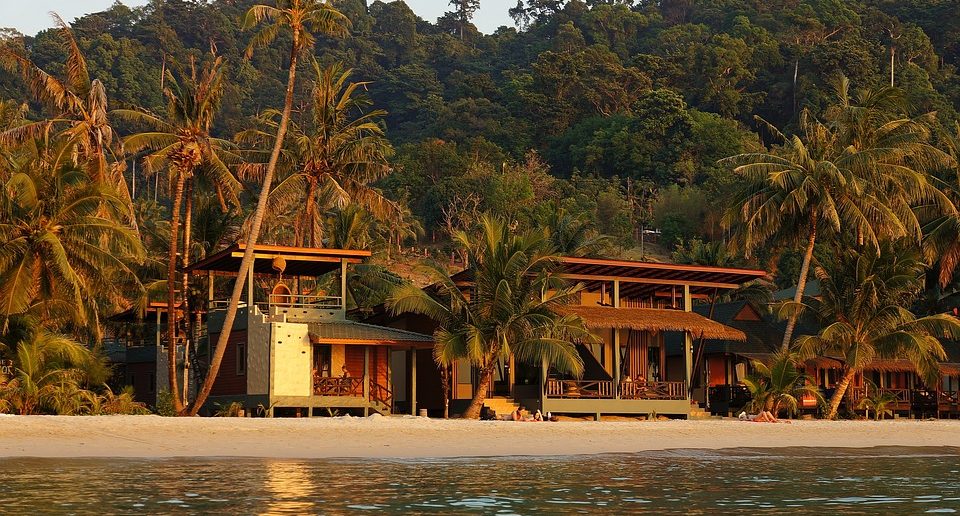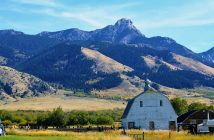Buying a bungalow can have a number of advantages and is perfect for anyone who has problems with their mobility, given the lack of stairs. They are frequently popular with the retired or those reaching retirement age.
Bungalows are also worth considering as an option if you are planning a larger family because frequently bungalows will come with a larger plot of land giving you plenty of option to extend!
One type of bungalow, however, being made of prefabricated reinforced concrete (PRC), invariably degrades far more rapidly than the more standard, brick-built types. This fault means lenders are very unlikely to give you a mortgage to buy such a property and additionally, for these two reasons, they can prove very difficult to sell. There is an upside however, which we explain below…!
How sound are bungalows structurally?
Bungalows that were built in the 1930s and 1940s generally have a reasonable foundation and will have had a damp proof course built in. Bungalows are always less prone to subsidence than their counterparts with additional storeys as they exert much less pressure on the ground they’re built on. These factors mean that you should normally be able to get a mortgage to buy a bungalow.
Most bungalows, however, are older than 70 years so they can suffer the same problems with masonry deteriorating as other houses can. Tiles, roof materials, and internal electrical wiring may need upgrading or replacing, which is why you should start looking for a roof replacement company or other relevant services as soon as possible so these types of problems can be taken care of quickly and efficiently.
Windows
A bungalow with its original windows intact is likely to be single-glazed and therefore subject to a degree of condensation. There may also be problems, though, if replacement double-glazed windows have been installed, depending on the quality of the fitting. Badly-fitted replacement windows frequently cause damp and draught issues.
Cold Bridging
This issue can particularly affect bungalows that have had a loft conversion. The roof, which forms the ceiling and some of the walls of the story will absorb the cold but will then form a source of condensation where the warm air will be drawn towards it. This may end up in creating an issue with damp for your roof and consequently, your property. And a leaky roof is surely not welcome in your bungalow! This would need the professional intervention of experts like Precision Roof Crafters (take a peek at their website at www.precisionroofcrafters.com/texas-roofers/hunters-creek-village/) to inspect and fix any damage that the roof might have taken.
Problems with extensions
Bungalows are, as stated, often ripe for extensions but issues can arise from extending and refurbishing work, particularly where the construction of the old property meets that of the extension. The different heat capacitances of the different materials often encourages damp.
Issues with PRC bungalows
The original steel rods that were in used in the prefabricated concrete slabs were of a very low quality so they can suffer from corrosion and metal fatigue. This then weakens the structure of the property and the panels themselves are also subject to condensation, dampness and draughtiness. Perhaps these bungalows are in need of corrugated roof sheets or a different kind of material for the structure and panelling. It is a shame they can’t be refurbished all together from scratch.
The flip side is, if you can pay for a PRC bungalow with cash, they can be very cheap. You can then replace the panels – the project takes perhaps 5 – 8 weeks. You could build a second storey or extension on the original material but most experts would advise you to go for a complete rebuild.
You are always advised to find out about applicable planning permission and building regulations before you consider this kind of project but if you carry it out well, you may greatly increase the resale value of your original PRC bungalow.
Which survey do you need if you’re thinking of buying a bungalow?
Getting a full building survey is generally advisable for any property built before the 1940s and the majority of bungalows currently standing fit into this category. You would also opt for a building survey if the bungalow is unusually large or has been extended or largely refurbished
For more recently-built bungalows and those which haven’t been extended, the HomeBuyer Report is ideal, and this would also include PRC bungalows.
Don’t worry, however, about which survey is right for the particular bungalow you might be looking to buy: all RICS surveyors can advise you on making the right decision and it’s always worthwhile having an expert ‘in your court’ when you’re considering spending a vast sum of money!
Marcus Simpson
Editor





